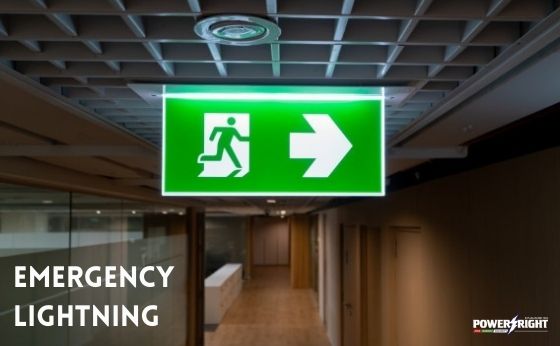
Global emergency lighting market accounted for a 6.7% decrease in 2020 due to the pandemic. Nonetheless, the it is likely to reach €6.5 billion by 2026.
Emergency lighting systems are designed to automatically illuminate the facilities in case of electricity failures and crisis situations, to improve visibility and to assist rescue teams in the efficient and safe evacuation of the occupants. Thus, emergency lights prevent people from panicking and suffering injuries or emotional distress.
There are several factors that affect the emergency lighting market growth and development around the world.
The COVID-19 pandemic has affected all industries, including the construction industry. It happened due to the reduction in the funding for public projects and delay of the ongoing construction projects, as a consequence of economic uncertainty and supply chain disturbances around the world.
Global post-pandemic recovery in construction activities, together with strict safety and fire prevention regulations, will continue to drive the growth of emergency lighting systems.
Additionally, rapid urbanization and increasing incomes of the global middle-class will fuel growth in the next few years.
The largest emergency luminaries category is self-contained due to its cost-effective nature and easy installation for small and medium enterprises. Such systems are easy to install because they provide emergency lighting from a decentralized source without a central battery system.
Recent years are witness to prompt advancements in battery technology. For instance, lithium-ion technology enables the development of smaller and more powerful batteries.
Li-Ion batteries have a relatively low self-discharge rate and require low maintenance. One more advantage of Li-Ion batteries is their long life (up to twice that of Ni–MH and Ni-Cd) and high energy density, coupled with a long life.
Yet another emerging trend is the growing demand for NiMH batteries for application in pathway emergency lights and exit signs.
There is an increasing demand for software for effectively controlling and monitoring the lights. Besides, the growing usage of the software designed by manufacturers to analyze the work of their emergency lights drives the market in this category.
The main factor that makes APAC one of the most expeditious regional markets is government initiative for the development of smart cities in China, South Korea, India and Thailand. The rising spending on infrastructure in India and China is strengthening the APAC emergency lighting market.
The plunging price is the main reason for the market growth. It leads to a boost in demand for LED lights in different application areas, such as residential, industrial, and commercial. Manufacturers of emergency and exit signs have been broadening their product portfolio. Furthermore, LED emergency lights are energy-efficient. Thus, the governments actively support the adoption of LED luminaires and exit signs.
It is crucial for the sustainability of any technology. Emergency lighting manufacturers heavily invest in research and development to enhance the lifespan and performance of their products. One of the key technological advancements in the emergency lights market is the incorporation of LEDs in red and green exit signs. Such lights suggest more energy efficiency and are more cost-effective, unlike traditional lighting sources.
The rising demand for effective emergency lighting systems will further fuel market growth. The primary factors influencing the growth of the market across the globe are rapid technological advancements, tremendously decreased LED cost, an increasing number of construction projects, environmental regulations, government policies to support the adoption of energy-efficient lighting solutions and intense competition.